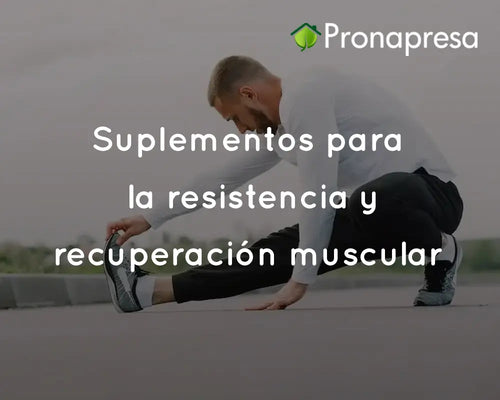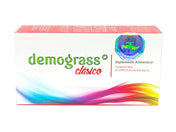
1. The science behind flexibility and aging
To understand how to prevent the loss of flexibility, it's essential to understand what happens to the body as we age. As we age, muscles and tendons tend to become stiffer due to several factors. Collagen production, which helps maintain tissue elasticity, declines with age, which can result in increased muscle stiffness and decreased joint mobility .
Furthermore, overall physical activity tends to decrease with age, which contributes to the loss of flexibility. Lack of regular exercise, especially activities that involve stretching and full-range movements, causes muscles to shorten and become less elastic.
2. The importance of regular stretching
One of the most effective ways to prevent the loss of flexibility is to incorporate stretching into your daily routine. Stretching not only improves flexibility, but also increases circulation, reduces muscle stiffness, and improves posture.
Dynamic stretches vs. static stretches:
- Dynamic stretches : These involve controlled movements of the muscles and joints, such as shoulder rotations or leg curls. They're ideal before exercise, as they prepare the body for movement.
- Static stretches : These involve holding a position for a set amount of time (usually 20 to 30 seconds). These stretches are perfect for post-exercise, as they help relieve muscle tension and improve long-term flexibility.
Incorporating both types of stretching into your routine can be the key to maintaining flexibility as you age.
3. Physical activities that improve flexibility
Beyond simple stretching, certain physical activities can be incredibly helpful in maintaining flexibility as we age. Here are some of the most effective:
Yoga and Pilates : These disciplines not only promote flexibility but also improve strength and balance. Yoga, in particular, offers a variety of postures that stretch muscles throughout the body while helping you relax and reduce stress.
Tai Chi : This ancient practice focuses on slow, controlled movements that improve flexibility and mobility. It's especially beneficial for older adults, as it promotes balance and reduces the risk of falls.
Swimming : Water provides gentle resistance that allows joints to move without stress, making it a great option for improving flexibility, especially for those with arthritis or joint pain.
Dancing : Dancing is a fun and effective way to maintain flexibility. In addition to being a cardiovascular exercise, dancing involves full-body movements that help keep joints and muscles agile.
4. Hydration: A key factor for flexibility
Maintaining good hydration is essential for overall muscle and joint health. Water helps muscles stay flexible and helps tendons and ligaments perform optimally. Dehydration can contribute to muscle stiffness and make it more difficult to perform large movements.
Drinking enough water also helps lubricate your joints, reducing friction and discomfort when moving. Make sure to consume fluids throughout the day, especially if you're exercising or engaging in activities that require physical exertion.
5. Proper nutrition to maintain flexibility
Your diet plays a fundamental role in the health of your muscles and joints. Eating foods rich in nutrients like vitamins, minerals, and antioxidants can improve tissue elasticity and reduce inflammation.
Collagen -Rich Foods : Foods like bone broth, lean meats, fish, and egg products are rich in collagen, which is crucial for maintaining joint flexibility and health.
Omega-3 : Fish oil, walnuts, and chia seeds are rich sources of omega-3 fatty acids, which have anti-inflammatory properties that can help reduce joint stiffness.
Antioxidants : Berries, green leafy vegetables, and spices like turmeric contain antioxidants that help fight cell damage and inflammation, promoting joint and muscle health.
6. Relaxation and stress management techniques
Stress can negatively affect your body's flexibility, causing muscle tension that can lead to stiffness and discomfort. Relaxation techniques such as meditation, deep breathing, and progressive muscle relaxation can help you reduce stress and keep your muscles flexible.
Incorporating stress-reducing activities, such as listening to soft music or taking leisurely walks outdoors, can significantly improve your physical and mental well-being, and as a result, your flexibility.
7. Avoid a sedentary lifestyle: Move more, feel better
One of the main causes of loss of flexibility is a sedentary lifestyle. Sitting for long periods of time can cause your muscles to tense and your joints to lose mobility. It's crucial to incorporate physical activity into your daily routine, even if it's just walking, light stretching, or doing household chores.
Small changes, like getting up every hour to stretch or take a short walk, can have a big impact on your long-term flexibility.
Benefits of maintaining flexibility
Remember that flexibility isn't just about how you move, it's about how you feel. Keeping your muscles and joints flexible can increase your energy, reduce discomfort, and help you enjoy an active, unrestricted life. So don't wait any longer—start taking care of your flexibility today and see the long-term benefits!























































